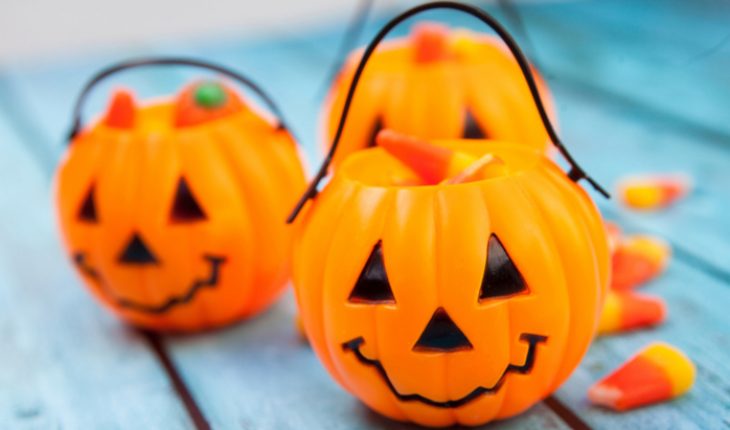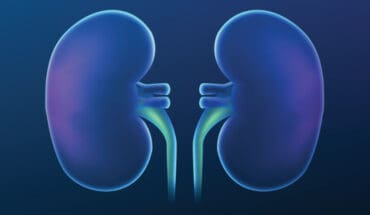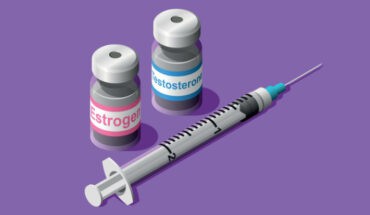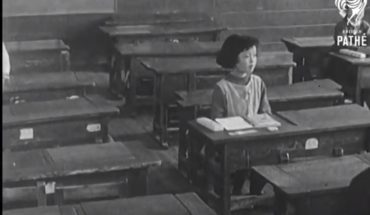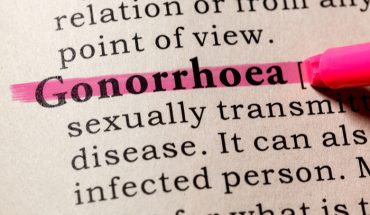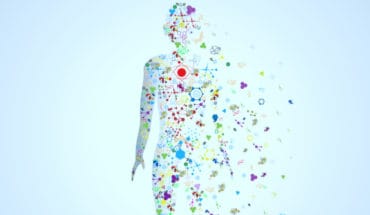Halloween can be a magical time for children. However, the combination of cold, dark nights and excited children can be dangerous. These tips are designed to help Halloween remain fun and keep people safe.
When preparing pumpkins take sensible precautions and supervise the children using knives. Be extremely careful where you put lit pumpkins to avoid fire risk and burns.
Fancy dress costumes are not always the warmest things to wear on a cold autumn night and are not usually waterproof – wear warm clothes underneath, take a waterproof with you and as these costumes are not flame-resistant, keep clear of naked flames.
Talk to children before you set out and reassure them that although people’s houses and costumes may look scary, it is not real. Always hold little one’s hands and be ready in case they panic and run away if something scares them. Often people are Trick or Treating alongside busy roads and a panicked child could easily run into the road.
Be aware that the sweets being offered may not be the freshest, most hygienic and will definitely not have been screened for anyone with a nut allergy!
Please supervise children and talk to them about Trick or Treating– they should be polite and be sensitive to elderly people, those with tiny children and others who really don’t like the whole idea of it and find it worrying and frightening. They should only approach houses with an obvious sign that they are participating in the festivities such as a pumpkin outside the door. For older children going out together, be sure that you know the route that they are taking and drum into them the importance of sticking together, reminding them about road safety as in their excitement they often dash across roads in the dark, wearing dark Halloween costumes and without looking out for traffic.
First aid for burns:
Hold the burnt area under cold, running water for at least 10 minutes to cool the burn,
keep the casualty warm – look out for signs of shock.
If a child is burnt and the area is blistered and larger than a 50p piece, you should phone for an ambulance and keep cooling the burn under water whilst awaiting their arrival.
Once the burn has been cooled for at least 15 minutes, the burn can be covered with cling film or inserted into a sterile plastic bag if appropriate
If someone’s clothing is on fire
Remember: stop, drop, wrap and roll.
Stop the casualty panicking or running – any movement or breeze will fan the flames causing them to spread quicker.
Drop the casualty to the ground and wrap them in a blanket, coat, or rug. Ensure they are made from inflammable fabrics such as wool
Roll the casualty along the ground until the flames have been smothered.
Fancy dress costumes may melt into the skin. Never try and remove anything stuck to the burn. Cool the burnt area as thoroughly as possible and get someone to phone for an ambulance immediately.
Severe burns:
If clothing has caught fire it is often likely to result in a severe burn. A severe burn is deep and may not hurt as much as a minor one due to damage to the nerve endings.
Immediately start cooling the burns, running them under cool water, for a minimum for 10 minutes. Use a shower if the burns are large. Keep cooling the burn while waiting for professional help to arrive. Ensure you are cooling the burn and not the casualty, keep areas that are not burnt as warm and dry as possible to try and monitor them closely for signs of shock.
Instruct a helper to dial 999 or 112 for an ambulance
Ensure the casualty is as comfortable as possible and make sure you reassure them. Ideally, lie them down and elevate their legs, to reduce the effects of clinical shock.
Whilst cooling, remove any constricting items such as jewellery or clothing from the affected area. Never remove anything that has stuck to the burn. Wear sterile gloves if available.
NEVER:
Touch the burn
Use lotions, ointments or creams
Use adhesive dressings
Break blisters
It is strongly advised that you complete an online or attend a practical first aid course to understand what to do in a medical emergency. Visit FirstAidforLife.org.uk
- What is a seizure? - 13th March 2025
- Febrile Convulsions and Seizures in Children - 13th March 2025
- Why women are less likely to receive CPR or survive cardiac arrest - 6th March 2025

